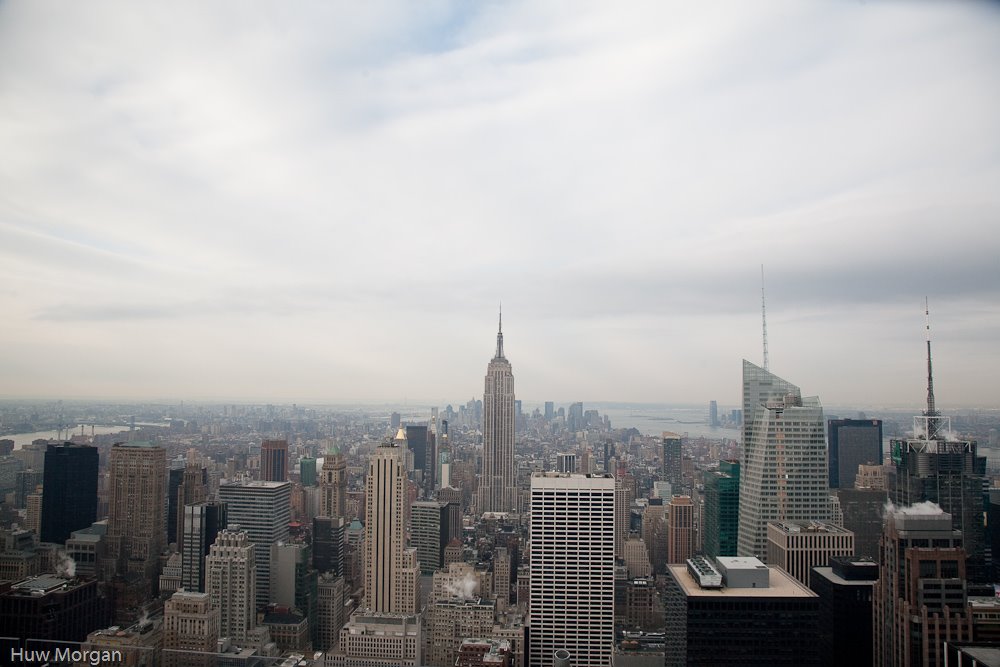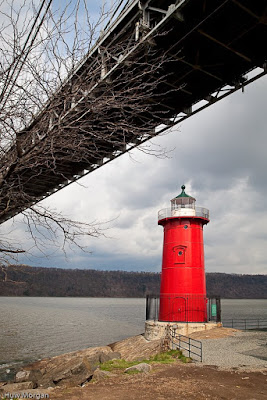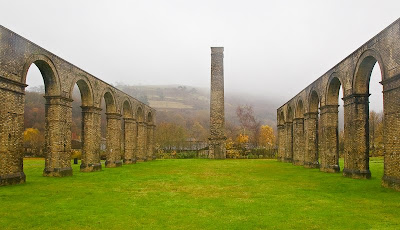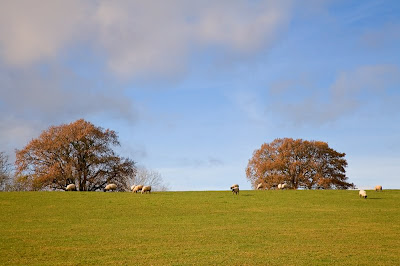In late November, one of my disks crashed. It held about four years' worth of original photographs. I had been backing up my home computer using the Mozy Internet back-up service and got lulled into a false sense of security. Here's what I learned from the experience:
- Mozy's recovery capabilities do work (thank goodness!), but restoring large amounts of data over the Internet takes time. It is still wise to use a local back-up for quick restores.
- If you reconfigure your computer after it crashes (e.g. I upgraded my main hard disk to SSD and re-labeled some of my drive letters), you may cause issues with the back-up manifest files over on the Mozy side. This happened to me and it took a while for Mozy's customer service folks to get me fixed up. It caused a long hiatus in getting my back-ups rolling again.
- When you re-create your new disk volumes prior to restoring your data, make sure Mozy back-up is turned off. If you accidentally run a back-up with no data, then Mozy creates a snap-shot of your file system that looks like you've deleted all your files. If you don't run a back-up for 31 days (see point 2 above), then Mozy starts to free up blocks of storage that you are no longer using. When you start backing up your files, you'll have to transfer the data all over again. For someone like me who has a lot of data, this means months of data transfer before your files are safely backed up again.
Here's what I'm doing now after learning my lesson:
- I'm using a large external hard drive to run incremental back-ups every week (or more frequently if I do a big shoot).
- Every time I buy more disk, I put the most recent purchase (i.e. the largest volume) into the external hard drive and move the previous generation into my computer. That way, the external disk is always large enough to back everything up.
- When I'm not backing up my files, I hide the hard drive away. If someone breaks into my house and steals my computer, the back-up hard drive will still remain behind.
- I use Mozy as the back-up of last resort to protect against fire, flood or other disaster. I'm not going to lean on Mozy to restore any files that have been lost due to hardware failures.
Are you in a position to recover from a hard drive failure?








.jpg)
.jpg)









